Most of the generations of writers in Quang Ninh came from workers in Cam Pha, Hon Gai, Quang Yen, Uong Bi, Dong Trieu... They were the ones who continued Vo Huy Tam's "Mining Region" for another chapter. Many people assessed that Quang Ninh is a vast land that not only produces many literary and artistic talents, but is also a place with opportunities right from the beginning when it attracts a large number of writers. Especially from 1954 onwards, literary genres have a wide scope with the topics still being novels, short stories, and memoirs. The prose writers are therefore also numerous, with names such as: Vo Huy Tam, To Ngoc Hien, Sy Hong, Nguyen Son Ha, Ly Bien Cuong, Ta Kim Hung, Nam Ninh, Yen Duc, Nguyen Duc Hue... They belong to the team of writers on the topic of miners and the coal mining industry since the early 70s of the last century.
When Vo Huy Tam's "Mining Area" entered the literary scene (1952), the character of the miner became the center. And when the socialist industrialization in the North began in the 60s of the last century, workers' literature flourished, and a series of new writers appeared, such as: Xuan Cang with "Suoi gang" and "Len cao", Nguyen Dau with "Anh den lo" and "Mo ham " (1959), Nguyen Son Ha with " Gioi Gio "...

During the years when the US imperialists bombed Quang Ninh, writers closely followed the battles. Their works were of many genres, but the most successful were short stories. These once-prolific writers contributed greatly to sketching the portrait of Quang Ninh literature.
Ly Bien Cuong wrote romantically and talentedly with “ Dem ay vung than ai thuc ” (Who wakes up in the coal mine) and “Khong khong cua dat” ( The space of the land ). It can be said that throughout his life, writer Ly Bien Cuong was attached to the Mining Region and the miners. Hoang Van Luong belongs to the generation right after Vo Huy Tam. His writings are loved by readers because they are honest, drawn from his heart and soul, such as: “In my narrow cockpit” and “Nguoi dong co-worker ”.
To Ngoc Hien was once a true miner with a deep passion for literature. To Ngoc Hien, with his wholehearted creativity, left behind valuable works about the Mining Region and miners such as "The Inspector" (1974), " The Floating Coal Season", "Let Me Live Again" ... To Ngoc Hien focused on short stories about miners, specifically mechanics and drivers transporting coal on the floor. He wrote about miners with all his loyalty and sincerity.
A talented writer is Nam Ninh. He wrote his first short story “The Bamboo Fish” when he was a pole erector and wire puller at the Uong Bi Thermal Power Plant. Notable is the story “ Autumn Moon ” (1971), the collection of stories “ New Year’s Eve Void ”. The story “ We Go to the Factory ” by Nam Ninh highlights the bustling atmosphere of production and fighting in the Mining Area, specifically at the Uong Bi Power Plant.
Another writer, although she left Quang Ninh to work in Hanoi , still has a nostalgia for the Mining Region on her writings, that is Nguyen Thi Ngoc Tu. Reading Nguyen Thi Ngoc Tu, readers can recognize the atmosphere of fighting and production labor that was raging in the Mining Region at that time. Her works when she worked for the “Mining Region” newspaper were all written in Khe Hum - now in Ha Phong ward, Ha Long city such as “ Hue ” (Novel 1964), “ The Rear People ” (Story Collection 1966).
A genre of literature with a strong fighting spirit, full of current events, always published in the newspaper “Vung Mo” (now Quang Ninh Newspaper) from 1965 to 1968 is the memoir. 13 authors gathered in the collection “Ky Quang Ninh 1964-1974” recreated a heroic period of Quang Ninh literature, closely following and vividly reflecting the production and combat service life in the Mining Region. Ly Bien Cuong with “ Khuc hat ngay qua ”, To Ngoc Hien with “ Voice of a factory ”, Le Huong with “ Duong lua ”, Ta Kim Hung with “ A long trip ”, Vo Khac Nghiem with “ Chief of the squad going out to sea” … The collection “Ky Quang Ninh 1964-1974” became a valuable document for anyone who wanted to learn about Quang Ninh during the years when they had to “have both a gun and a hammer in one hand”. These memoirs contain messages about the people of Quang Ninh at construction sites, factories, producing for the beloved South and directly participating in mine self-defense during the hottest events of the time. The miners became commanders of self-defense companies, anti-aircraft artillery companies with heroic and courageous spirit in the midst of fierce war . Besides the values of propaganda and encouragement, Quang Ninh literary works also serve as valuable informational materials so that future generations can understand more, love more, and be more proud of the land and people of Quang Ninh.
In the poetry collection “ Generation of Poets Fighting America to Save the Country” (Writers Association Publishing House), 1,624 pages thick, gathering hundreds of authors, Quang Ninh has 12 poets participating: Long Chieu, Pham Doanh, Tri Dung, Yen Duc, Sy Hong, Le Huong, Tran Nhuan Minh, Thuy Nguyen, Trieu Nguyen, Mai Phuong, Thi Sanh and Dao Ngoc Vinh. These are the most typical poets representing the generation of poets who matured in the fight, protection and construction of the Fatherland, together building a poetic face of the Mining Region.
The land and the temperament of the people of Quang Ninh have forged a generation of poets who matured in the fight, protection and construction of the Fatherland. They appeared together, together creating a unique poetic appearance for the poetry of the Northeast region. They struggled with life, dipped their hands into the burning reality, touched the pain, sometimes the despair and confusion of the twenties. It gave readers a panoramic view from which they could look into the unique characteristics of anti-American poetry in Quang Ninh. Quang Ninh poetry during this period had a post-war perspective that was more or less different from other regions. The scenery in the poems was often beautiful, tinged with melancholy, the destruction was just an additional embellishment. All the scenery, people, and moods were vague, vaguely intertwined. It was the vagueness, not focusing on anything that made the difference. This characteristic appeared most clearly in the works of Le Huong, Long Chieu, Mai Phuong, Trieu Nguyen, Dao Ngoc Vinh, Thuy Nguyen...
Another important difference that needs to be mentioned is the contemplation of the “awakened self” before the reality of life. It is not simply a question of the times, but the poets all try to find the answer for themselves or outline the path leading to the answer. Three representatives with this characteristic are Tran Nhuan Minh, Thi Sanh and Thai Giang. Especially Tran Nhuan Minh, who has constantly contemplated the self before love, before time, before the historical events of the past, before life. It can be said that the contemplative characteristic is a prominent characteristic of this poet, formed and developed during the resistance war against America. Through peacetime, the contemplation remains there but with it comes the efforts to innovate, to renew to the very end...
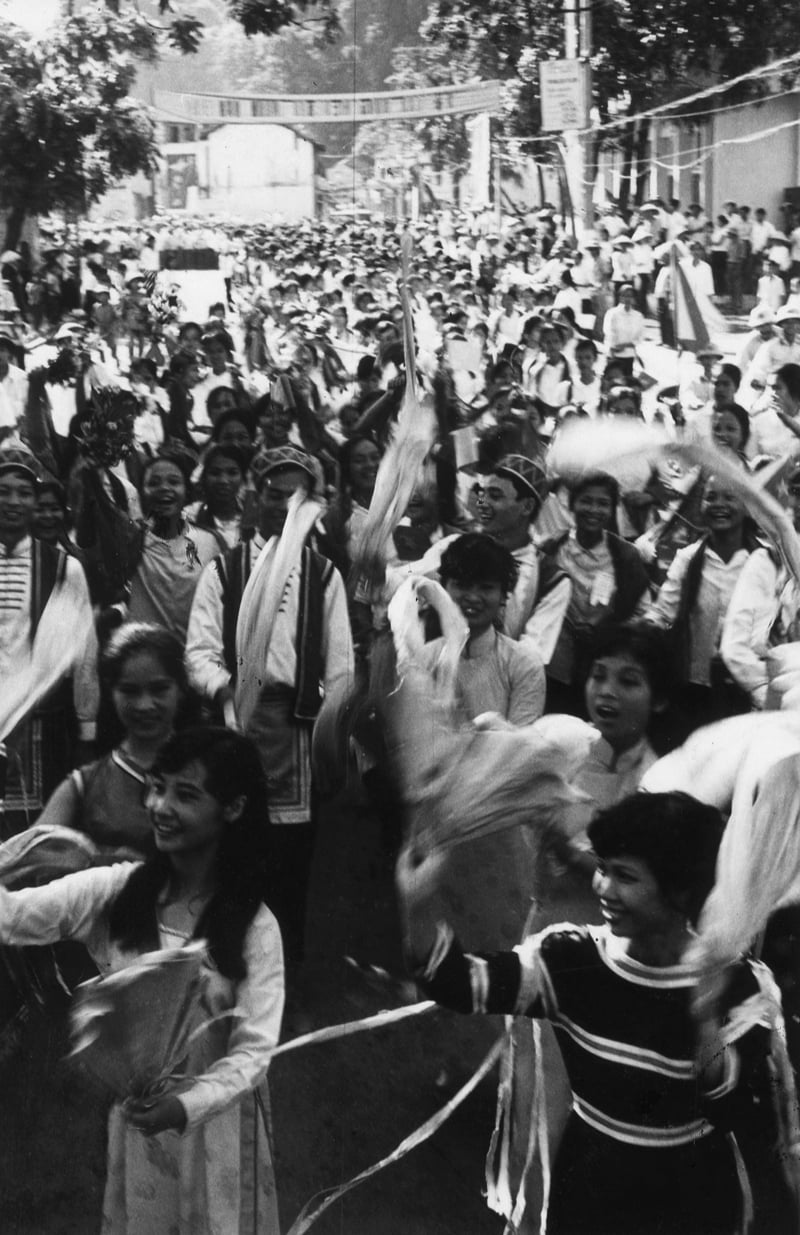
With many unique features, the same number of authors, and the quality of poetry, anti-American poetry in Quang Ninh can completely stand alone, comparable to any poetic land. During this period, Quang Ninh poets composed a lot, energetically, but scattered poems were not collected into a collection. Later, they selected and edited them to collect and print in their own poetry collections. Tran Nhuan Minh published " That is love" (1971), Pham Doanh with " The first land " (1974), Trieu Nguyen with " The story of the homeland " (1970)... The most typical is probably Long Chieu. He only published one book of poetry in his entire life, but when mentioning the poet Long Chieu, anyone who loves Quang Ninh literature knows. Long Chieu's previous poems were mainly written during the years when the Mining Region was making coal and fighting the enemy. Long Chieu describes the Mining Area in the midst of fierce bombs and bullets but still discovers the serenity of people: "A bowl of noodles with smoke from bombs/ A sweet potato from the earth blazes with artillery fire every night/ The land that nurtures my life suddenly/ A white and pink lotus soars in the summer afternoon..." . Whether writing about war or production labor, his poems are filled with the spirit of battle and optimism for a bright tomorrow, and are no less romantic.
We cannot fail to mention Huy Can - Head of the delegation with the Central Artists who went to the Hong Quang mining area to infiltrate the actual creation from 1958-1960. He wrote right on the coal floor or in the inn: "Anh Tai Lac", "Nam nguoi con gai anh hung Cam Pha", "Bac Pho Cau", "Chuyen anh Phong dau tranh", "Vet la tren co", "Thu ve tren Deo Nai", "Doan thuan hoi cach", "Mua xuan tren sea"... The poetry collection "Troi gai lai ngay lai" has 15 articles about the Mining Area published at the end of 1958. Some of the articles composed during the field trip to the Mining Area, Huy Can published in the collection "Dat buoi hoa" (1960). He also gave Quang Ninh literature a unique style, a unique path that other poetic regions did not have.
History is like a river with straight lines, twists and turns. Literature is like a historian, only different in the approach, the way of handling and using different means to complete the mission. For twenty-one years accompanying the times, accompanying the nation, Quang Ninh literature, together with Vietnamese literature, has served the cause of national unification. After April 30, 1975, those who created Quang Ninh literature at that time, some are still alive, some are dead, but their works have laid the foundation for Quang Ninh literature today and forever after. Today's successors will receive, inherit and promote the quintessence of that heritage.
Source: https://baoquangninh.vn/van-chuong-quang-ninh-nhung-nam-cung-ca-nuoc-ra-tran-3354091.html








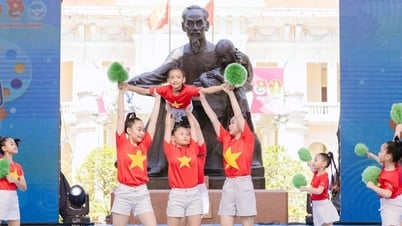

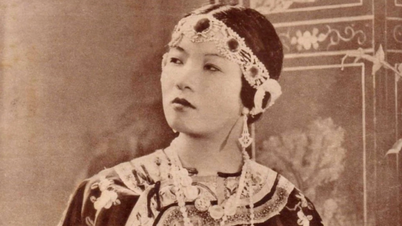

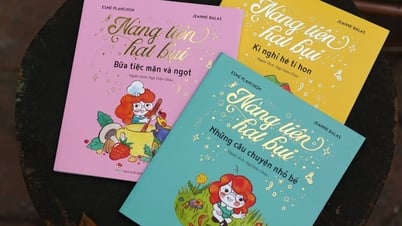



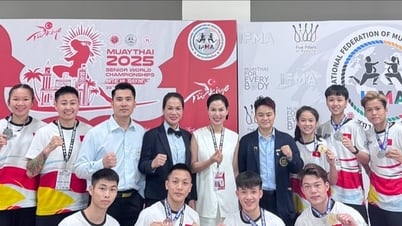






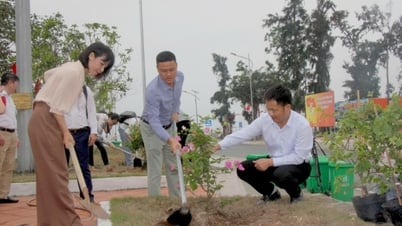
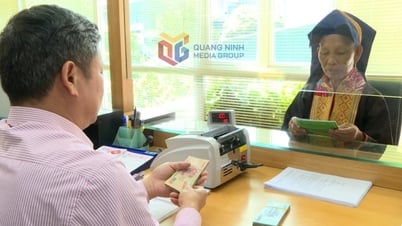

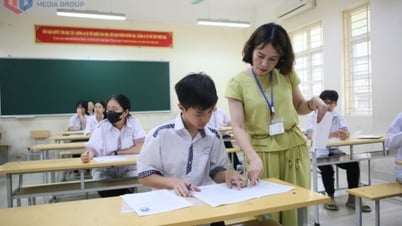

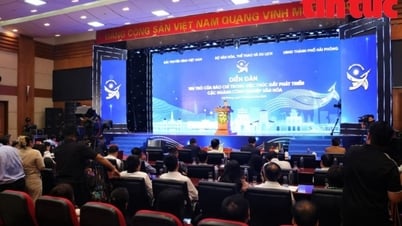













































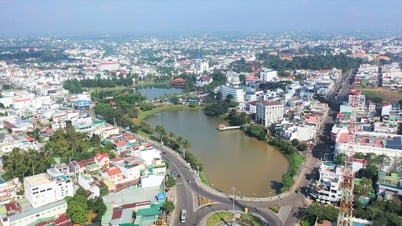

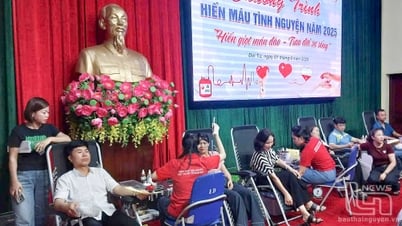
















Comment (0)